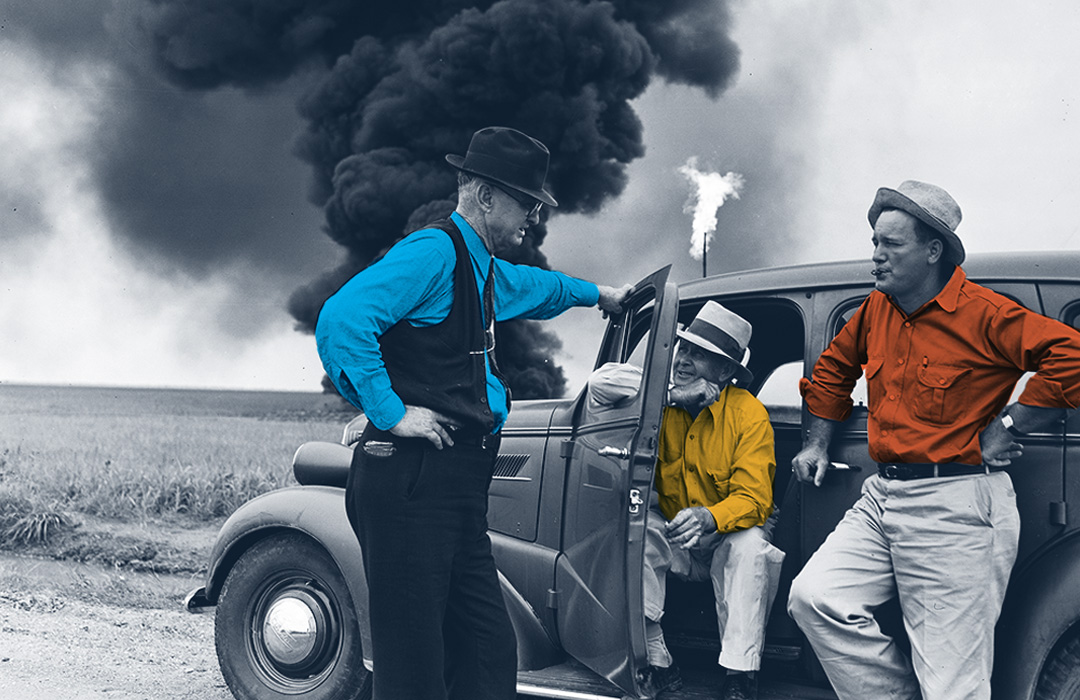What is Out-of-Home Marketing?
Simply put, out-of-home marketing (OOH) is marketing experienced outside of the home. OOH, marketing includes digital and printed messages on billboards, wall scapes, and posters. They are commonly placed in and around airports, travel locations, and city street furniture. OOH, marketing is more likely to be found in areas with medium and high population densities. Cities and developed areas have more foot traffic and infrastructure that can be converted to advertising space, equating to more eyes on your advertisement. To quantify, a study found OOH marketing is influencing purchasing decisions for 34% of consumers in big cities.
The Rise of OOH
OOH marketing has its advantages when compared to in-home digital marketing. With the increased use of ad-blockers, streaming services, and the sheer amount of information cycling through social media feeds, digital ads may not be getting the anticipated attention and reach. Additionally, OOH advertising is more difficult to ignore and doesn’t have the same disconnect as a smartphone-sized swipe-able advertisement. Instead, OOH marketing becomes part of the consumer’s landscape. By using effective design, contrast, and clever writing, these real-world advertisements can significantly impact viewers. However, the positive potential of OOH marketing was not always at the forefront of marketers’ attention.
With the rise of smartphones, technology, and digital media, OOH marketing began to die off in favor of digital marketing. However, the digital advertising scape quickly became saturated to the point where even the most effective messages could get lost in the masses. The oversaturation became worse during the pandemic, there were too many digital messages and not enough variety. Now, that consumers are excited to look at something other than a screen, OOH marketing doesn’t have to compete as much for a consumer’s attention. An impactful OOH marketing campaign is an excellent way to utilize your marketing team’s creativity and showcase the best of your business because you are assured the message will be seen naturally.
Combatting Digital Burnout
In contrast to a social media feed or digital banner advertisement, a well-placed OOH advertisement is not competing against too many messages for the viewer’s attention. Additionally, businesses can use a multifaceted approach to marketing by utilizing both OOH and in-home advertisements. This creates a sense of familiarity for the consumer, and the cross association helps your messaging stand out.
OOH marketing has added value in the post-pandemic world. After a year of Zoom meetings, embracing the endless scroll of social media, and working from home, people are facing digital burnout. Spending too much time on digital devices can cause mental and physical side effects. Digital burnout is connected to feelings of anxiety, apathy, exhaustion, and disinterest. Looking at a screen all day has become the norm. Still, as more real-world alternatives become available, people will be turning their attention beyond the blue light, and they will be enthusiastic about doing so. Putting your message at the forefront of consumers in the real world helps fight the digital fatigue consumers face. A tangible and physical advertisement is a welcome contrast and has the natural capacity to stand out.
Looking to get your message into the real world? Contact GROWL today!
